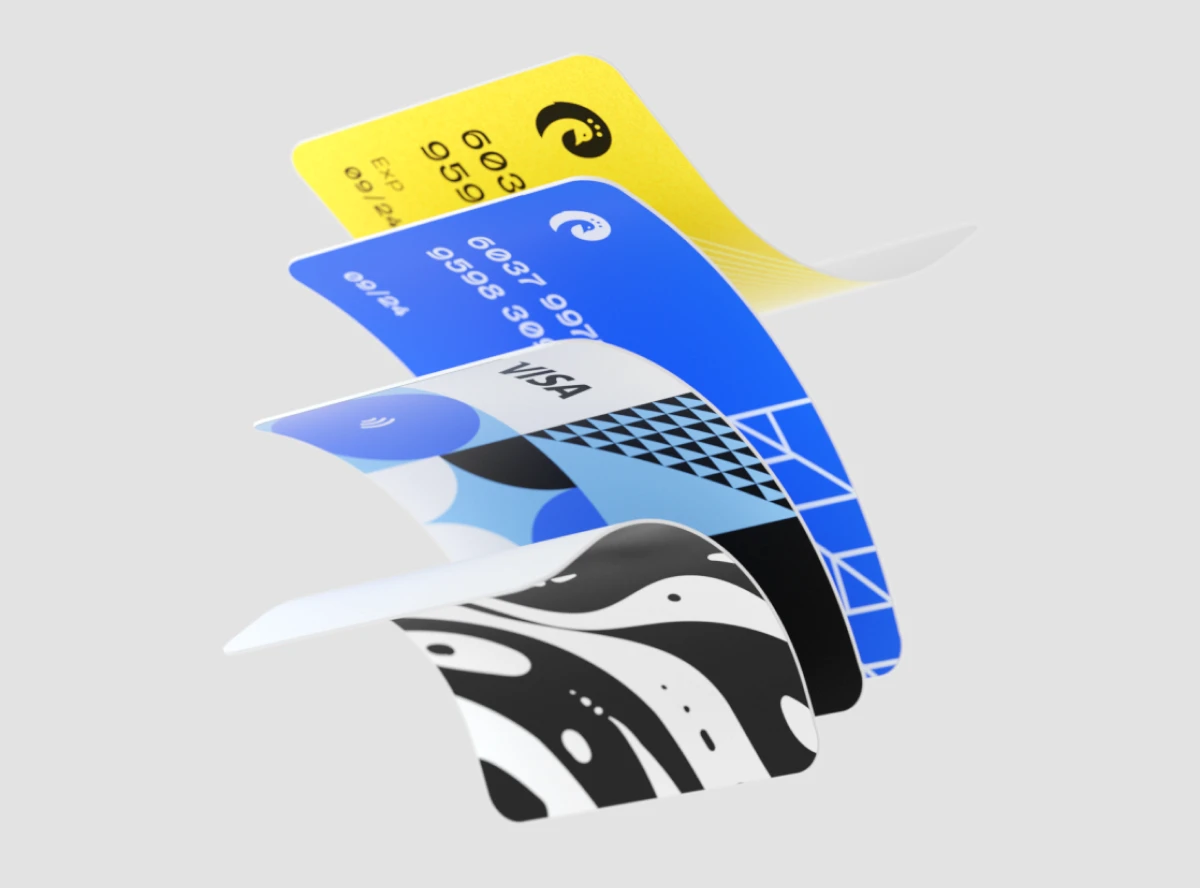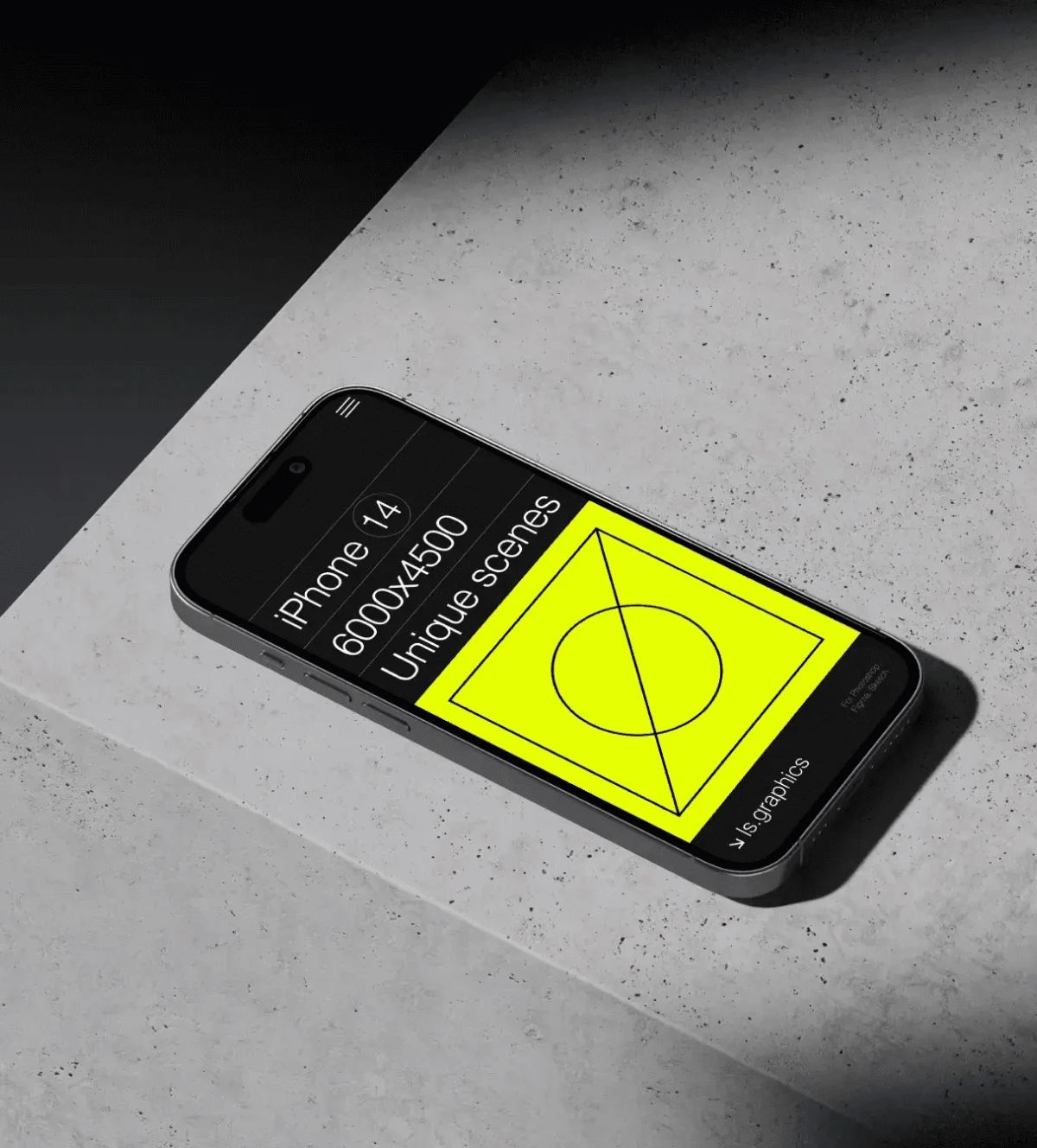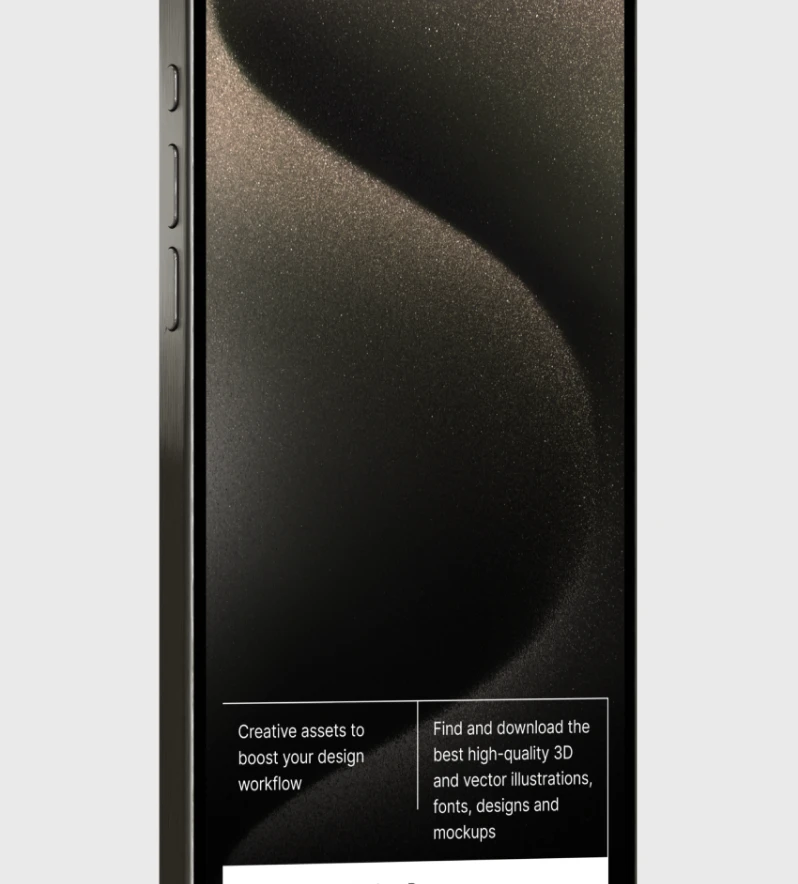Personalized Design in the Age of AI: The Future of UX Is You
Personalized Design in the Age of AI: The Future of UX Is You
Personalized Design in the Age of AI: The Future of UX Is You
Design
/
Vivek Clinton



Source:
Vivek Clinton
In today’s fast-evolving digital landscape, one-size-fits-all no longer works. Users now expect experiences that adapt, respond, and resonate with them—and personalization is the key to making that happen.
Why Personalized UX Matters
From Spotify recommending your next favorite song to Netflix curating your watchlist, personalization has shaped user expectations. People want experiences that feel tailored, intuitive, and seamless. In the UX world, this means understanding not just what users do—but why they do it.
The Role of AI in Personalized Design
AI is transforming how we collect, analyze, and act on user data. With machine learning and behavioral analytics, designers can now:
Adapt interfaces in real-time based on usage patterns.
Predict user needs before they express them.
Craft journeys that change depending on the user’s context or intent.
Instead of designing for a broad group, AI allows us to design for the individual—at scale.
Examples of Personalized UX in Action
E-commerce: Dynamic product recommendations, customized pricing, and user-based promotions.
EdTech platforms: Tailored learning paths based on performance and preferences.
Healthcare apps: Adaptive dashboards for different patient needs and data-driven alerts.
Design Challenges
While personalization is powerful, it comes with challenges:
Privacy concerns: Users are wary of how their data is used. Transparency is essential.
Over-personalization: Get it wrong, and you risk alienating users. No one wants to feel like a data point.
Design complexity: Creating modular components that adapt across user types requires strategic thinking.
Getting Started with Personalized UX
If you’re looking to integrate personalization into your design:
Start small: Add adaptive elements like smart onboarding or usage-based tutorials.
Map user journeys: Identify where personalization adds the most value.
Use data wisely: Focus on quality insights, not just quantity.
Final Thoughts
Personalized design is not just a trend—it’s the next evolution of user experience. By leveraging AI and data responsibly, we can create products that aren’t just usable—but undeniably relevant.
The future of UX? It’s personal.
In today’s fast-evolving digital landscape, one-size-fits-all no longer works. Users now expect experiences that adapt, respond, and resonate with them—and personalization is the key to making that happen.
Why Personalized UX Matters
From Spotify recommending your next favorite song to Netflix curating your watchlist, personalization has shaped user expectations. People want experiences that feel tailored, intuitive, and seamless. In the UX world, this means understanding not just what users do—but why they do it.
The Role of AI in Personalized Design
AI is transforming how we collect, analyze, and act on user data. With machine learning and behavioral analytics, designers can now:
Adapt interfaces in real-time based on usage patterns.
Predict user needs before they express them.
Craft journeys that change depending on the user’s context or intent.
Instead of designing for a broad group, AI allows us to design for the individual—at scale.
Examples of Personalized UX in Action
E-commerce: Dynamic product recommendations, customized pricing, and user-based promotions.
EdTech platforms: Tailored learning paths based on performance and preferences.
Healthcare apps: Adaptive dashboards for different patient needs and data-driven alerts.
Design Challenges
While personalization is powerful, it comes with challenges:
Privacy concerns: Users are wary of how their data is used. Transparency is essential.
Over-personalization: Get it wrong, and you risk alienating users. No one wants to feel like a data point.
Design complexity: Creating modular components that adapt across user types requires strategic thinking.
Getting Started with Personalized UX
If you’re looking to integrate personalization into your design:
Start small: Add adaptive elements like smart onboarding or usage-based tutorials.
Map user journeys: Identify where personalization adds the most value.
Use data wisely: Focus on quality insights, not just quantity.
Final Thoughts
Personalized design is not just a trend—it’s the next evolution of user experience. By leveraging AI and data responsibly, we can create products that aren’t just usable—but undeniably relevant.
The future of UX? It’s personal.
Clients we worked with
vink.ai
SUPERWIN




Let’s talk with us
Get in touch with The Passion now, let's ignite discussions about turning your concepts into phenomenal online encounters.
Clients we worked with
vink.ai
SUPERWIN




Let’s talk with us
Get in touch with The Passion now, let's ignite discussions about turning your concepts into phenomenal online encounters.
The Passion - A Product Design Co. (A Product of Crucipixsion Design & Development PVT LTD
(CIN: U62011KA2024PTC195061) company crafting meaningful experiences through Research, Design and Development.)
Copyright © 2025 The Passion - A Product Design Co. All rights reserved.
Clients we worked with
vink.ai
SUPERWIN




Let’s talk with us
Get in touch with The Passion now, let's ignite discussions about turning your concepts into phenomenal online encounters.
The Passion - A Product Design Co. (A Product of Crucipixsion Design & Development PVT LTD
(CIN: U62011KA2024PTC195061) company crafting meaningful experiences through Research, Design and Development.)
Copyright © 2025 The Passion - A Product Design Co. All rights reserved.